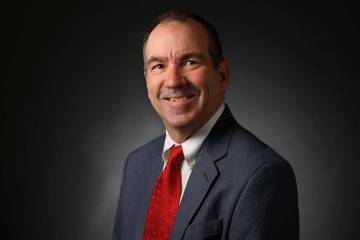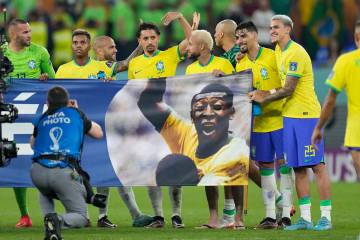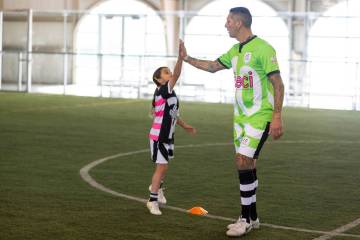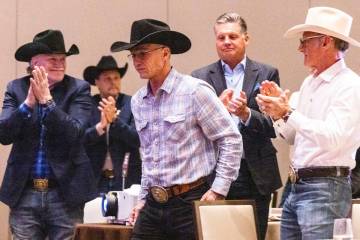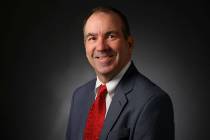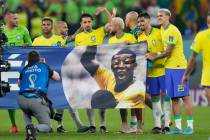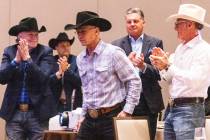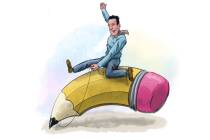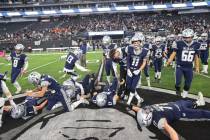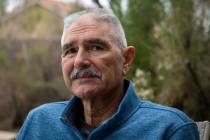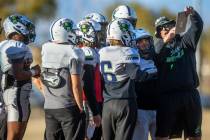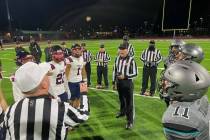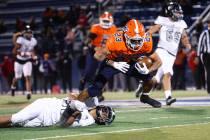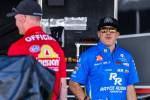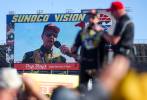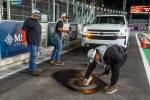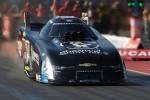Tony Stewart has made most of opportunity
It was only 11 days ago that 40-year-old Tony Stewart passed seemingly everything in the state of Florida that moved, save for a few alligators in the Everglades, to overhaul Carl Edwards and win his third NASCAR Sprint Cup championship in the most thrilling of fashions.
Stewart raced from the back of the pack -- twice -- to win the race he had to win. He passed 118 cars on the 1.5-mile Homestead-Miami oval. It was a spectacular drive. Could it have been more spectacular? Perhaps. But only if they lined up those 118 cars side by side between ramps and had Stewart jump them Evel Knievel-style.
It was 15 years ago that a much younger Tony Stewart couldn't quite pass a driver named Buzz Calkins in the closing laps of a Mickey Mouse race, also held in Florida. He finished second by 0.086 seconds in the inaugural Indy Racing League event at Walt Disney World Speedway. But in less time than it takes to sneeze, a star was born, and it wasn't Buzz Calkins.
After the race, this racing guy named Cary Agajanian, Stewart's agent at the time, told those of us in the press room that he knew of 10 more just like Stewart, tough guys slip-sliding around dusty bullrings back in the Midwest who were capable of giving the throttle of a race car a proper thrashing, if only they were given the chance.
Ability is nothing without opportunity. Isn't that what Napoleon said?
A few weeks later, I met Stewart for the first time. He came down to the newspaper office to talk up the Indy car race at Las Vegas Motor Speedway, the first race in LVMS' history (in which he would ultimately crash and suffer the worst injuries of his career).
Stewart was wearing a T-shirt, blue jeans and those black-and-white checkered Vans sneakers, the kind Jeff Spicoli wore in "Fast Times at Ridgemont High." His eyes looked like a road map. Like he had been up all night or had just tumbled out of that van with Spicoli and his mates before Mr. Hand's U.S. History class.
On Tuesday, I met Stewart again, in a conference room at the Review-Journal. His arrival was preceded by a couple of NASCAR officials who wore expensive suits and talked into their lapels like Secret Service men. Stewart wore a natty navy blazer and appeared to be sporting only one-day's growth of chin stubble, which is about as clean-shaven as Tony Stewart gets.
He looked like a champion, not like a guy who had been up all night, chasing a good time. Then he talked like a champion, for about a half-hour.
He agreed that were it not for that Mickey Mouse race in Florida, who knows how it might have turned out?
"I think '95 was what started the whole trend of people learning about who we were," said Stewart, one of the first arrivals for NASCAR's Sprint Cup Series Champion's Week, which culminates Friday with a black-tie awards ceremony at Wynn Las Vegas.
"Winning the three USAC divisions (Midget, Sprint, Silver Crown), and then that off-season I went to Australia, and when I was there I signed a Busch Series contract with Harry Ranier. The day I got back from Australia I got the call from Cary Agajanian that I needed to be on the first plane for Orlando in the morning to do the (Indy car) test with John Menard."
The Indy Racing League was a new open-wheel series that resulted from a dispute between Championship Auto Racing Teams, which by then was running a good portion of its schedule on road and street circuits, and Indianapolis Motor Speedway chief Tony George, who wanted to return the sport to its oval-track roots. These were roots that Stewart knew like the back of his hand.
And this fellow Menard owned some pretty fast race cars.
Suddenly, stars that had been out of whack begin to align for the kid with the heavy right foot from Columbus, Ind.
"The next thing I knew, we were going back for the race (at Disney World) and we were doing my contract on the back of a cocktail napkin," Stewart recalled. "I remember the first caution flag came out and they were telling me to change the fuel setting to a certain letter on the dial and I started turning the knob and they said, 'No, that's the wrong one.' I didn't even know where stuff was in the car. And my crew was a combination of guys from the shop who didn't even go to the racetrack.
"The guy who was telling me information on the radio was the parts guy."
By the end of the race, Stewart figured out where the gas pedal of an Indy car was, and off he went. Figuratively as well as literally.
He may not have known what all those knobs and gauges in the cockpit were for, but he trusted in his natural ability and instinct. In the long run, that will get a guy a lot further than fuel mixture controls, or even a sponsor with deep pockets.
Over the next 15 years, Tony Stewart went on to show that ability is everything, given the right opportunity.
Las Vegas Review-Journal sports columnist Ron Kantowski can be reached at rkantowski@reviewjournal.com or 702-383-0352. Follow him on Twitter: @ronkantowski.




